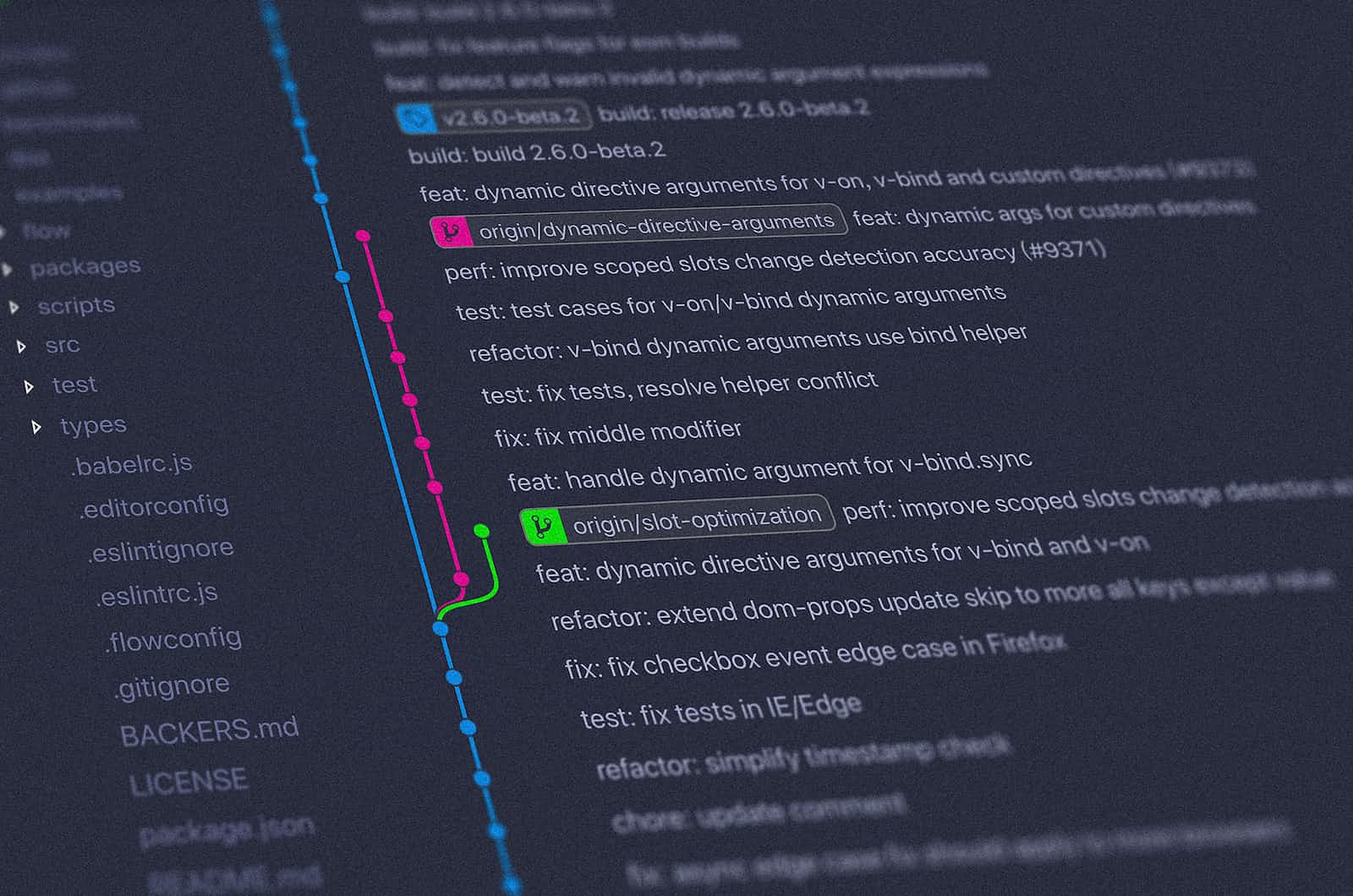Mastering Git: Understanding the Three Stages of Version Control
 Syed Jafer K
Syed Jafer K
GIT Series: https://makereading.com/series/git
Git is a distributed version control system that allows developers to keep track of changes made to their codebase. It is widely used by developers around the world and is known for its flexibility, speed, and efficiency. One of the key concepts in Git is the idea of different stages that changes go through before they are committed to the repository. These stages are the working directory, the staging area, and the repository.
The Working Directory
The working directory is the place where developers make changes to the codebase. It is the place where developers write code, create new files, and modify existing files. These changes are not committed to the repository and are not tracked by Git until the developer explicitly adds them to the staging area.
The Staging Area
The staging area, also known as the index, is a holding area where changes made in the working directory are reviewed and prepared for commit. The "
git add" command is used to add changes to the staging area. Once changes are added to the staging area, they are tracked by Git, but they are not yet committed to the repository. Developers can review the changes in the staging area and make any necessary adjustments before committing them.The Repository
The repository is the place where changes are permanently stored and tracked by Git. The "
git commit" command is used to commit changes from the staging area to the repository. Once changes are committed, they become a permanent part of the codebase's history and can be easily retrieved and reviewed later.
It's worth mentioning that git has another stage called local repository, which is where all the commits are stored locally on your machine, and it can be synced with a remote repository (github, gitlab, etc.).
One of the advantages of this three-stage workflow is that it allows developers to review and make changes to their code before committing it to the repository. This helps to ensure that only high-quality code is committed and makes it easier to identify and fix any issues that may arise.
Another advantage is that it allows developers to work on multiple features or bugs at the same time without committing them all at once. They can work on different features in different branches, and when they're ready, they can merge them back to the main branch.
In summary,
The different stages of Git, working directory, staging area and repository, allows developers to have a more organized and structured workflow. It gives them the flexibility to review and make changes to their code before committing it to the repository, which helps to ensure that only high-quality code is committed, and it makes it easier to identify and fix any issues that may arise. Additionally, it allows multiple developers to work on different features or bugs simultaneously and merge them back to the main branch.
Subscribe to my newsletter
Read articles from Syed Jafer K directly inside your inbox. Subscribe to the newsletter, and don't miss out.
Written by
